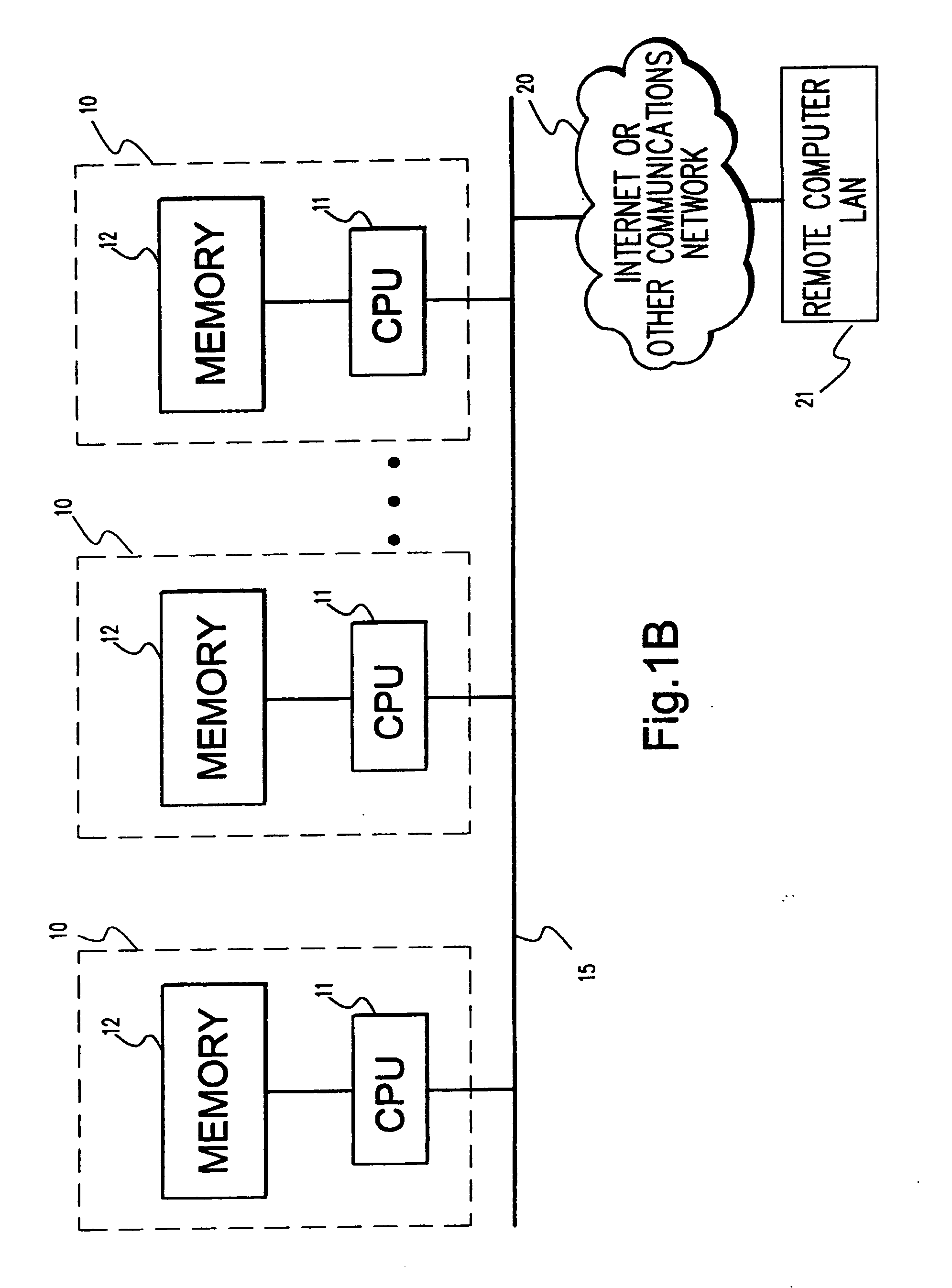Method and apparatus for evaluating robustness of proposed solution to constraint problem and considering robustness in developing a constraint problem solution
a constraint problem and robustness evaluation technology, applied in the direction of adaptive control, greenhouse gas reduction, instruments, etc., can solve the problems of more or less optimal, death penalty restricting search space, and potential biasing future solutions away from constraint violations
- Summary
- Abstract
- Description
- Claims
- Application Information
AI Technical Summary
Problems solved by technology
Method used
Image
Examples
Embodiment Construction
[0056] The present invention uses a response surface as a type of cyber-workspace, and allows for real-time predicted reactor simulations. A response surface defines the relationships between a number of design inputs and an number of operation outputs for one or more aspects of reactor core design. Accordingly, prior to describing the present invention, a detailed description of creating the response surface is provided in the context of a method of optimizing a reactor core design using the response surface. Subsequently, the method for predicted reactor core simulation will be provided.
Creating a Response Surface
[0057] The following description is directed toward an exemplary embodiment for creating a response surface. The methodology for creating the response surface may be operative as an end-user application running, for example, under the Microsoft Windows 95 / NT environment. However, creation of the response surface is not limited to any particular computer system or any p...
PUM
 Login to View More
Login to View More Abstract
Description
Claims
Application Information
 Login to View More
Login to View More - R&D
- Intellectual Property
- Life Sciences
- Materials
- Tech Scout
- Unparalleled Data Quality
- Higher Quality Content
- 60% Fewer Hallucinations
Browse by: Latest US Patents, China's latest patents, Technical Efficacy Thesaurus, Application Domain, Technology Topic, Popular Technical Reports.
© 2025 PatSnap. All rights reserved.Legal|Privacy policy|Modern Slavery Act Transparency Statement|Sitemap|About US| Contact US: help@patsnap.com



